Insights
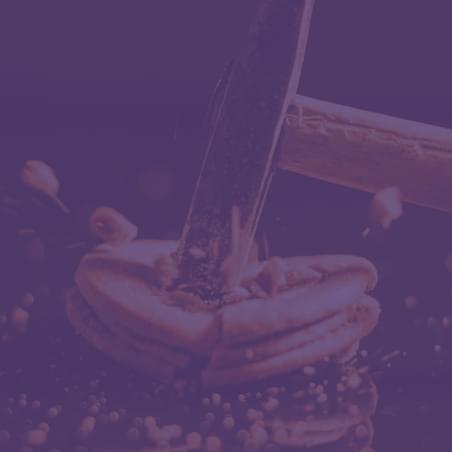
28 Nov, 2025
Five Products: Showing How Sound Shapes Modern Consumer Experience
Read More
Andrew Wardlaw
13 Feb, 2024 | 8 minutes
Recent financial results from big CPG manufacturers are outwardly impressive. Unilever has reported ‘underlying sales growth’ of +7%. Snack giant Mondelez says that its net revenue is up +14.4%. GSK has announced a rise of over +14%. Most of you will have already twigged that these performances are inflation fueled and that volume growth is certainly to be much less spectacular.
And you would be right, because the sobering truth is that shoppers consumed less in most CPG categories in 2023 compared with prior year.
Whilst there is no doubt that this downturn has been caused by the rise in the cost of living, we must also be alert to the possibility that hidden within the numbers is the collapse of impulse buying - where shoppers make unplanned purchases without giving much thought to the decision-making process. In my estimation, several macro forces are conspiring to dampen such behavior, making it time for consumer brands to activate deliberate measures to reignite spontaneity in store – or risk inevitable erosion over time.
"The sobering truth is that shoppers consumed less in most CPG categories in 2023 compared with the prior year."
In this article, I’ll review what these forces are and offer some ideas and illustrations on how you can counter the trajectory.
Evidence that CPG volumes are in peril is all around. In the year to November 2023, Nielsen IQ’s measurement of global CPG sales registered a 1% volume decline. For the U.S. alone, volume sales were 6% smaller than they were in 2021. In a survey, Americans said that their number one strategy for dealing with the rise in the cost of living is to ditch non-essential purchases. Meanwhile, in the UK, data shows that nearly 80% of CPG categories registered volume declines in 2023. Wherever you look, there is proof that people are getting by with consuming less. And as any behavioral scientist will tell you, prolonged repetition of such behaviors can make them permanent.
Despite many commentators pointing to ‘the lipstick effect’, where people splurge on little treats to offset austere times, the net situation is too big to be disguised by a little extra makeup!
Response: Quite simply, brands must spark some FOMO with their innovation pipeline. When Heinz collaborated with Absolut Vodka, not only did this product garner mass-media interest, but retailers were eager to create impulse displays to drive up incremental category sales. Time-limited products like Coca-Cola Creations are a gift to social media influencers and feed mankind’s growing need for awe and wonder.
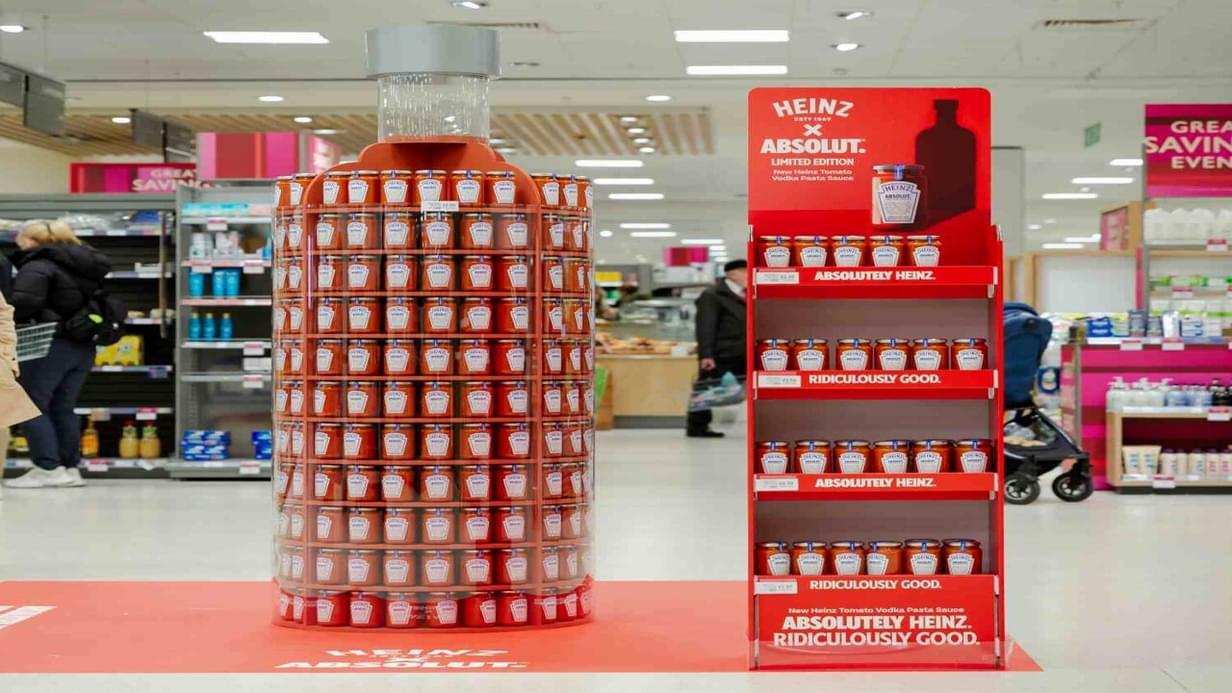
Around the world, people have been recalibrating their lives in response to longer-term uncertainty. For example, in China, young people are marking each day with greater intentionality to cope with stressful lifestyles and to find meaning amid a slowing economy. Globally, we are witnessing a shift towards more purposeful, goal-directed, and less thoughtless buying behavior. Consumer activism is omnipresent, and brands are at pains to respond. The rise of care culture, self-expression, and eco-consumerism are just some of the mantras that are driving more deliberate spending, leaving less room for unplanned and ‘off brief’ purchasing.
Response: Develop products that link directly to the core values of your target consumers. Alicia Key’s beauty products are said to be infused with intention, and feature life-affirming mantras on the packaging. Could your pack and product experience be made more ritualistic? Kate McLeod’s Body Stone massages as it moisturizes, creating a more mindful act of self-care.

Scott Galloway, in his book ‘Post Corona,' observed that the pandemic has further reduced brand power because of the acceleration away from ad-funded media (towards streamers such as Netflix, Disney, and Apple TV) that has been caused. In today’s fragmented media landscape, it is much harder for manufacturers to trigger incremental sales via mass audience advertising. Even impulse sales rely on awareness to get consumers over the line.
Response: With ‘brand’ under pressure, ‘product’ must step up. In the low attention economy, we must engineer pack and product experiences that command the double take! Banging very loudly right now, Juicy Marbles is attempting to reignite people’s interest in plant-based meat alternatives. Pack execution and product format are working hard to announce the product’s arrival and spark unplanned category sales in U.K stores such as TESCO (below).
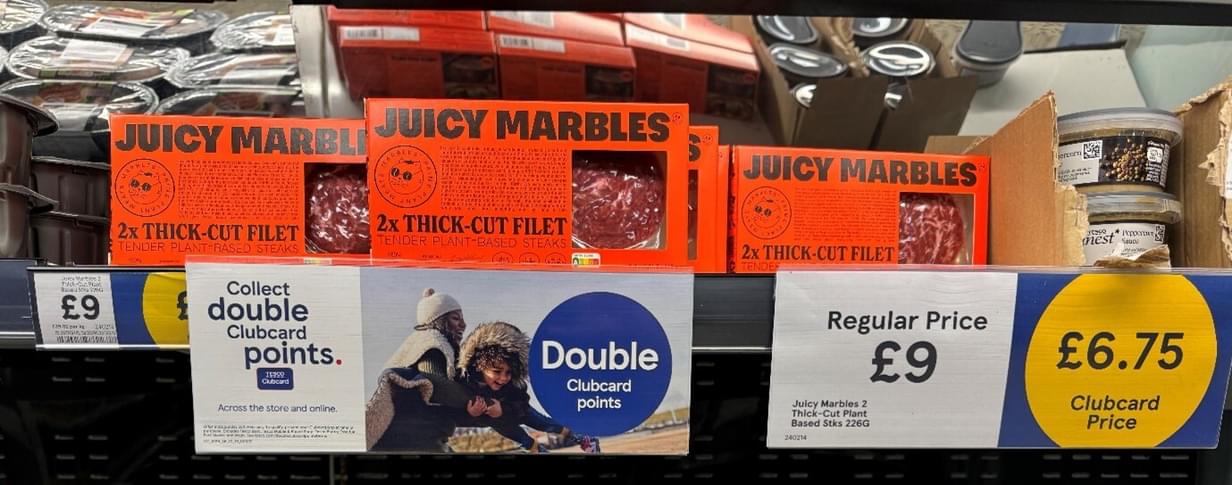
Legislation is without doubt knocking impulse sales, reducing exposure and prospects for many high footfall categories. In the UK, new restrictions on the sale (and advertising) of products high in fat, salt, and sugar came into effect in October 2022. Early trials have found that HFSS measures have reduced sales of non-compliant products by 20%. Meanwhile, in the U.S., The New York Times recently suggested that ‘craveable’ could lose its selling power as the ‘Ozempic Era’ builds, referring to a new class of drug that suppresses hunger that poses ‘an existential threat to the processed food industry.’ The article rightly points out that the nation’s $1 trillion food industry has been built on its ability to generate cravings (see Goldfish, below). Trials of Ozempic have proved successful and the impact of planned rollouts will only eradicate further incidences of impulsive behavior.
"The nation’s $1 trillion food industry has been built on its ability to generate cravings."
Response: There can be no doubt that retailers are crying out for impulsive products that are compliant. Future sales performances depend on it. We’ve already seen snacking giants bring healthier interpretations of iconic products to market, and time will tell if these variations do take hold. But if we zone out a bit, could other categories come forward with more impulsive innovation? Hoping to bring forward sales of pasta, Barilla is pulling at our heartstrings with cleverly themed packaging. Even house cleaning products can be made more impulsive if the execution is right!

The final force exerting downward pressure on impulsive behavior is the global shift to online grocery shopping. Soon, one in every five dollars will be spent on groceries online, and research has found that online shoppers are less confident than in-store shoppers. Why? Because in an online environment, brands are demanding shoppers make fast purchase decisions with only a fraction of the sensory information that’s on offer in store. For example, online you will inevitably struggle to assess what a product feels like: how heavy or how big it is to assess value. There is, in fact, a sensory gap that will leave you wanting – particularly if you’re new to a brand or product. In 2021, Mark Clouse, CEO of Campbell’s posed the key question: “How do you create that impulse environment in an online world? It’s not as simple as being at the top of the page. You must create a little bit more of a unique dynamic.”
Response: Whilst investment in eCommerce advertising is growing, much of this effort is failing to close the sensory gap that impacts consumer confidence and restricts impulsive behavior. To do something about this, The Together Agency developed Sensory Charged Video to act as short-form content on brand and retailer websites to ignite impulse sales. A simulated online test for Biotiful Dairy found that it had a significant sales impact that raised brand share by 7%.
The recent collapse in volume sales is clearly a worrying development, and prospects for a bounce back may require much more than economic recovery. Rather than relying on happenstance, I believe that manufacturers must formulate deliberate and responsible plans to safeguard incremental category sales. Whilst premium innovation can pick up some of the slack, we need an uptick in mainstream activity if overall category health prospects are to turn green.
Insights

28 Nov, 2025
Five Products: Showing How Sound Shapes Modern Consumer Experience
Read MoreNews
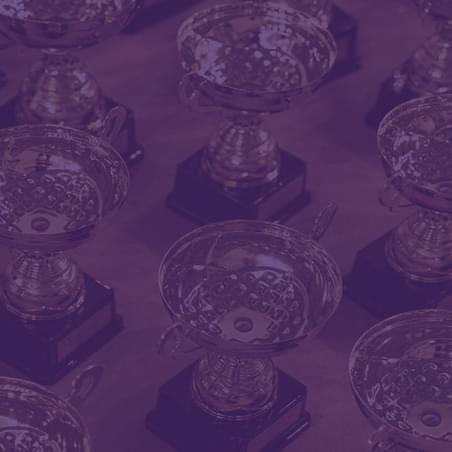
25 Nov, 2025
'If Your Product Updates Don’t Match the Frequency of Smartphone Upgrades, You'd Better Rethink Your Strategy.”
Read MoreNews
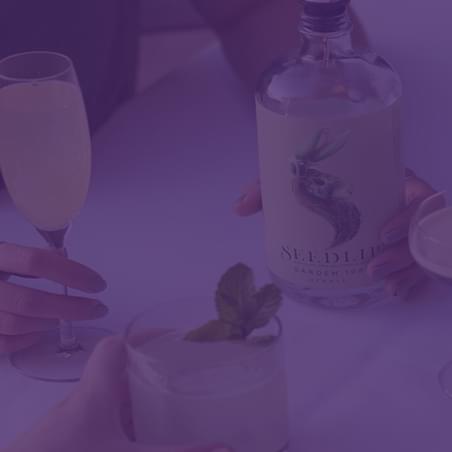
22 Oct, 2025
NEWS RELEASE: Non-Alcoholic Beverage Inventor, Ben Branson Calls for More Originality
Read More